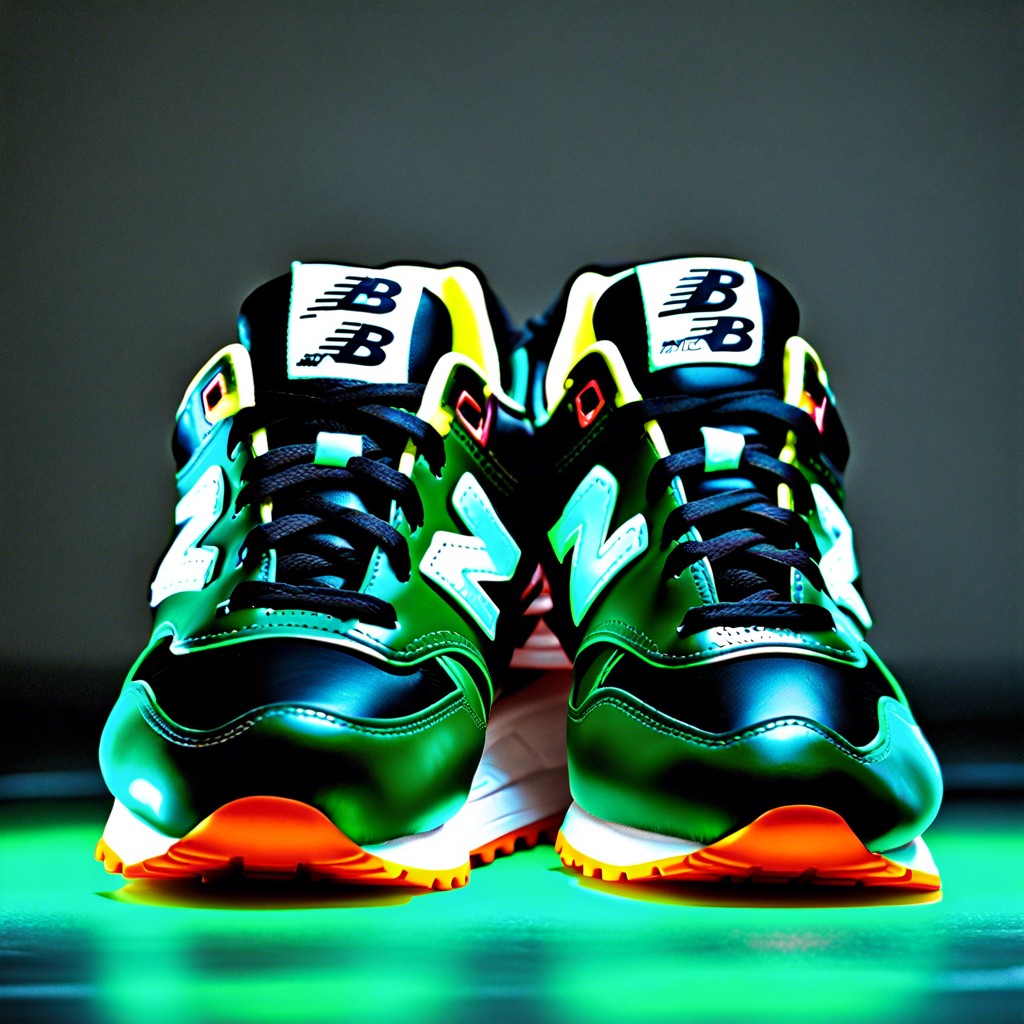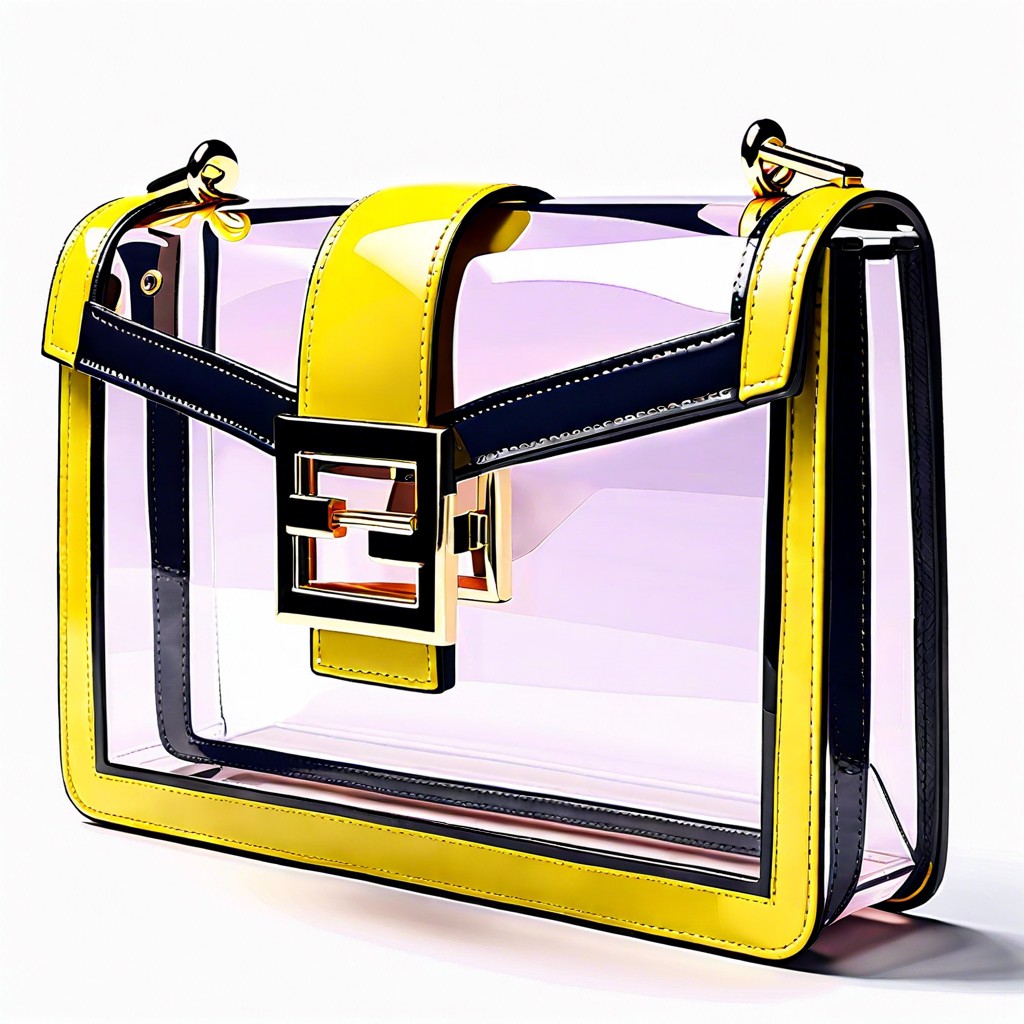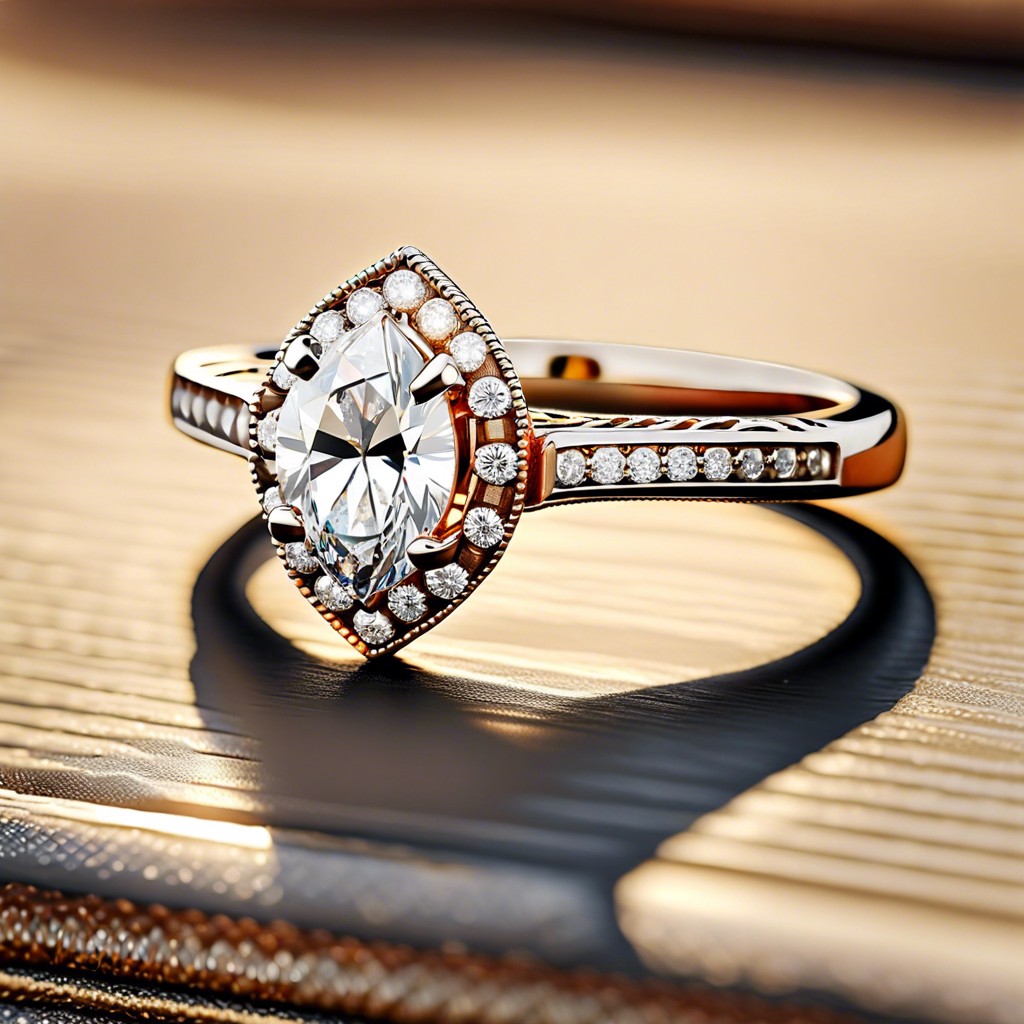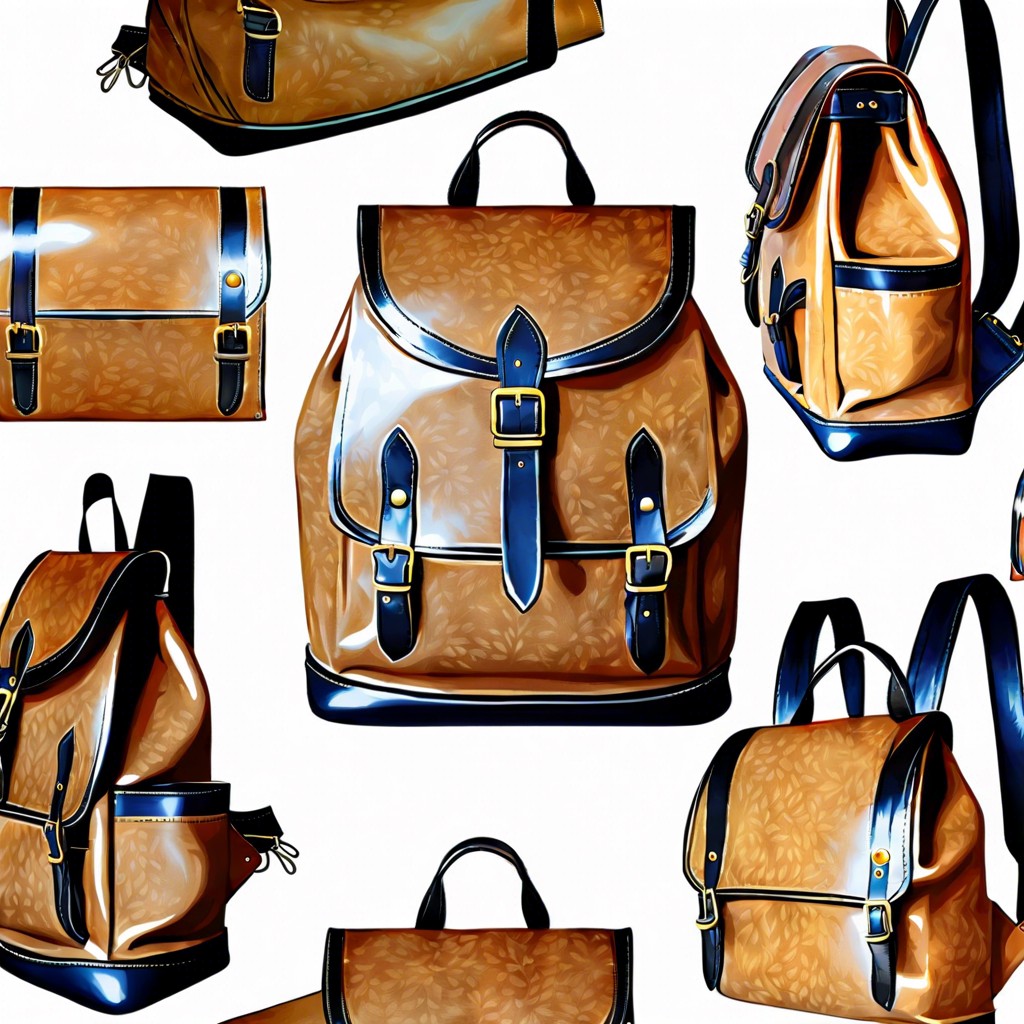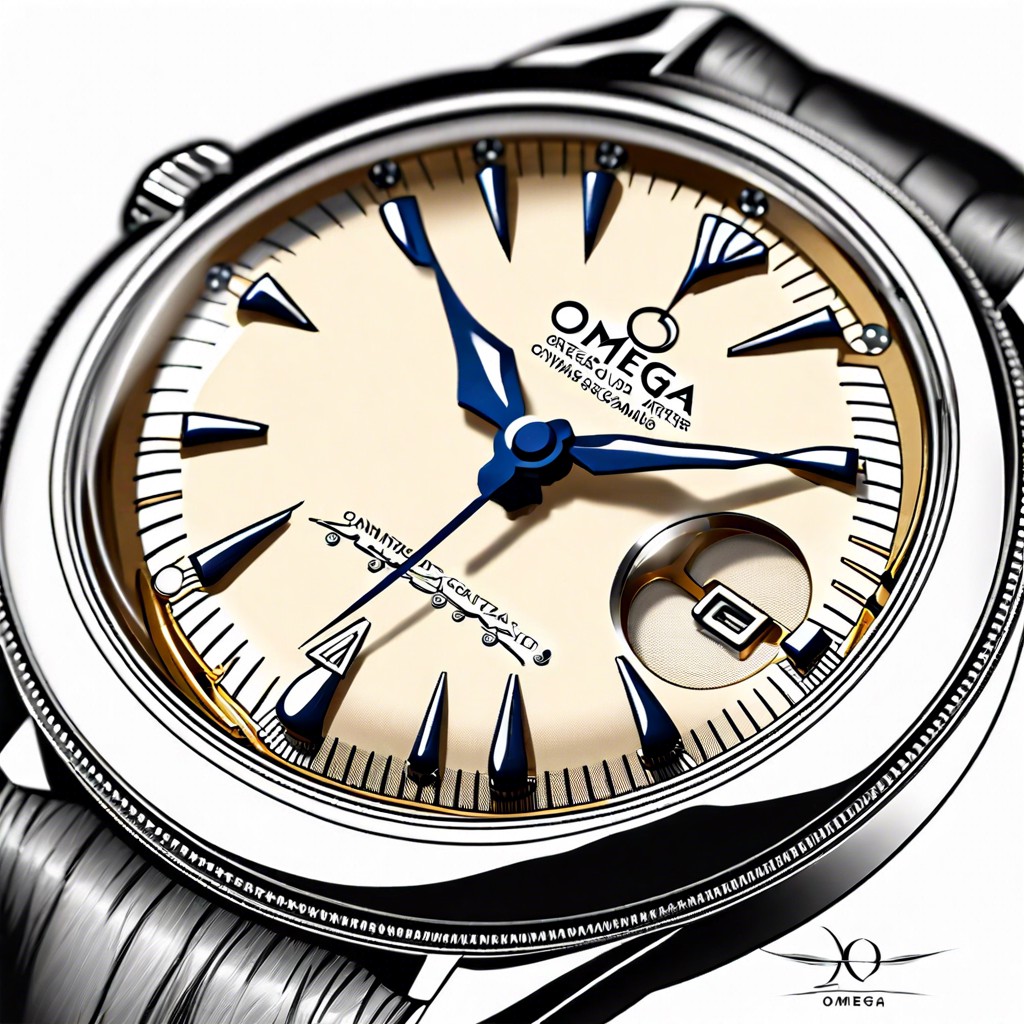Last updated on
Discover essential tips for selecting the perfect vintage engagement ring, including key considerations on era, authenticity, and quality.
Key takeaways:
- Historical periods shaped the design and significance of vintage engagement rings.
- Art Deco, Victorian, Edwardian, and Retro styles each have unique characteristics.
- Consider the ring’s condition, authenticity, size, gemstone quality, and provenance.
- Vintage rings require special maintenance and care.
- Purchase from reputable dealers, auctions, estate sales, or specialized online marketplaces.
Historical Significance of Vintage Engagement Rings
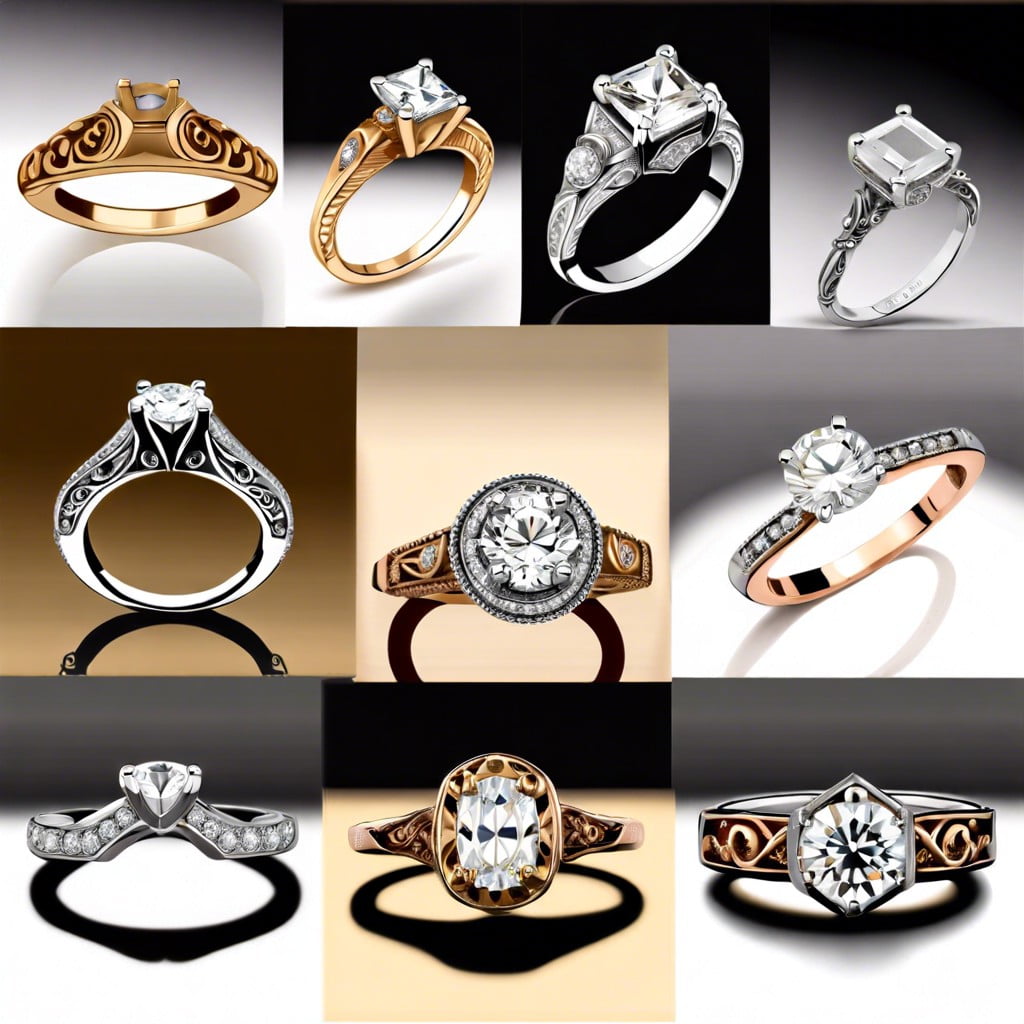
Engagement rings are deeply rooted in tradition, with customs dating back to Ancient Egypt when rings symbolized an everlasting bond. During the Renaissance, engagement rings became more personalized with intricate designs.
The Victorian era celebrated romance, reflected in ring designs with elaborate engravings and the use of precious gemstones. The Edwardian period introduced delicate filigree work and a preference for platinum, while the Art Deco movement of the 1920s and 30s favored geometric patterns and bold, distinct designs.
Throughout history, wars and economic hardships have influenced engagement ring styles. During such times, simpler, more understated designs came into vogue, often reflecting the societal mood of conservation and practicality. Conversely, periods of prosperity led to an increase in the ornateness and intricacy of ring designs.
Overall, each historical period has left a lasting imprint on the design and significance of engagement rings, shaping contemporary tastes and the allure of vintage rings. Collectors and enthusiasts often seek out these pieces for their connection to the past, unique craftsmanship, and the stories they represent.
Styles and Characteristics of Vintage Engagement Rings

Engagement rings from bygone eras often bear unique hallmarks of their time. Art Deco pieces from the 1920s and 1930s feature geometric shapes, bold lines, and a penchant for symmetry, often set with diamonds and contrasting precious stones like sapphires. Edwardian rings (1901-1910), in contrast, are characterized by intricate filigree work, delicate designs, and often include motifs inspired by nature, crafted mostly in platinum.
Victorian rings (1837-1901) can range widely, from simple gold bands to ornate designs with vivid gemstones like rubies and emeralds. Many of these rings include romantic motifs such as hearts and bows, and the use of diamonds increased during the later Victorian period.
Retro engagement rings, hailing from the 1940s and 1950s, reflect the glamour of Hollywood with larger-than-life designs, chunky bands, and a mix of colorful, oversized gemstones with diamonds.
Each style speaks to a different aesthetic and is often sought after for its craftsmanship, rarity, and connection to the past. Genuine vintage rings may also have signs of wear or unique imperfections, which enthusiasts often celebrate as part of the ring’s history and charm. When considering a vintage engagement ring, examining the craftsmanship can also provide insight into the ring’s authenticity and value.
Periods of Vintage Engagement Rings
The Georgian era (1714-1837) features rings with elaborate designs, often incorporating diamonds set in silver over gold. Rings from this period are rare and highly prized.
Victorian engagement rings (1837-1901) mirror the romance of the era, with common motifs including hearts, bows, and flowers. The discovery of diamond mines in South Africa during the late Victorian period marked an increase in the use of diamonds.
Art Nouveau (1890-1910) rings are known for their intricate, flowing designs inspired by nature, using curving lines and often featuring less common gemstones.
Edwardian engagement rings (1901-1915) showcase elegance and sophistication, with intricate filigree work and a preference for platinum.
From 1915 to 1935, the Art Deco period reflected a preference for bold, geometric shapes and a penchant for combining diamonds with other colorful gemstones.
Retro rings, from the 1930s to 1950s, exhibit chunkier designs with larger gemstones, responding to Hollywood’s influence on fashion and a fascination with all things modern at the time.
Important Considerations When Purchasing a Vintage Engagement Ring
Assess the ring’s condition, looking for signs of repair or wear that may affect its durability. Examine the setting, prongs, and band for any damage or previous restorations.
Confirm authenticity by researching the hallmark and maker’s mark; these symbols provide insight into the ring’s origin and age.
Consider the ring size and the potential for resizing. Some vintage rings can be delicate, making resizing more difficult or even impossible without compromising the ring’s integrity.
Evaluate the quality and cut of the gemstones. Older cutting techniques may differ from modern ones, potentially impacting the stone’s brilliance and value.
Be aware of the ring’s provenance. A well-documented history can enhance the ring’s value and desirability.
Understand the maintenance and care required for a vintage ring. Delicate designs and older materials may necessitate special care to preserve their condition.
Review the return policy. Ensure there’s an option to return or exchange the ring if it does not meet expectations upon physical examination.
Purchase from a reputable dealer. Seek out sellers with expertise in vintage jewelry who can provide detailed information and authenticate the piece.
Sourcing Vintage Engagement Rings
Reputable antique jewelry dealers are invaluable resources for authentic vintage engagement rings. These specialists have a keen eye for verifying the authenticity of period pieces. Before purchasing, ensure the dealer has a solid reputation with positive customer feedback.
Auctions, both in-person and online, offer a diverse array of vintage rings. Pay close attention to the auction house’s legitimacy and the detailed descriptions of their items, and understand their buyer’s fees.
Estate sales can be a treasure trove for unique finds but come with the caveat of ‘buyer beware.’ Knowledge of hallmarking, diamond cuts, and settings of specific eras is essential.
Specialized online marketplaces and forums cater to vintage jewelry lovers. Look for platforms with a stringent vetting process for sellers and a clear return policy.
Always ask for a gemological certificate or appraisal when possible. This documentation acts as a safeguard, ensuring the quality and authenticity of your potential investment.
